The art of the coloratura soprano came into its own in the 18th century with lyric coloratura soprano role in works by Mozart (Blonde in Die Entführung aus dem Serail), Cimarosa (Caroline in Il matrimonio secreto), and Handel (Alcina). This light voice has a range of middle C (C4) to F, two and a half octaves above (F6). The dramatic coloratura has a similar range but starts a half-step lower (B3). The more dramatic roles in Mozart, such as Donna Anna in Don Giovanni or The Queen of the Night in Die Zauberflöte, or in Donizetti, Lucia in Lucia di Lammermoor, were perfect for the dramatically heavier voice.
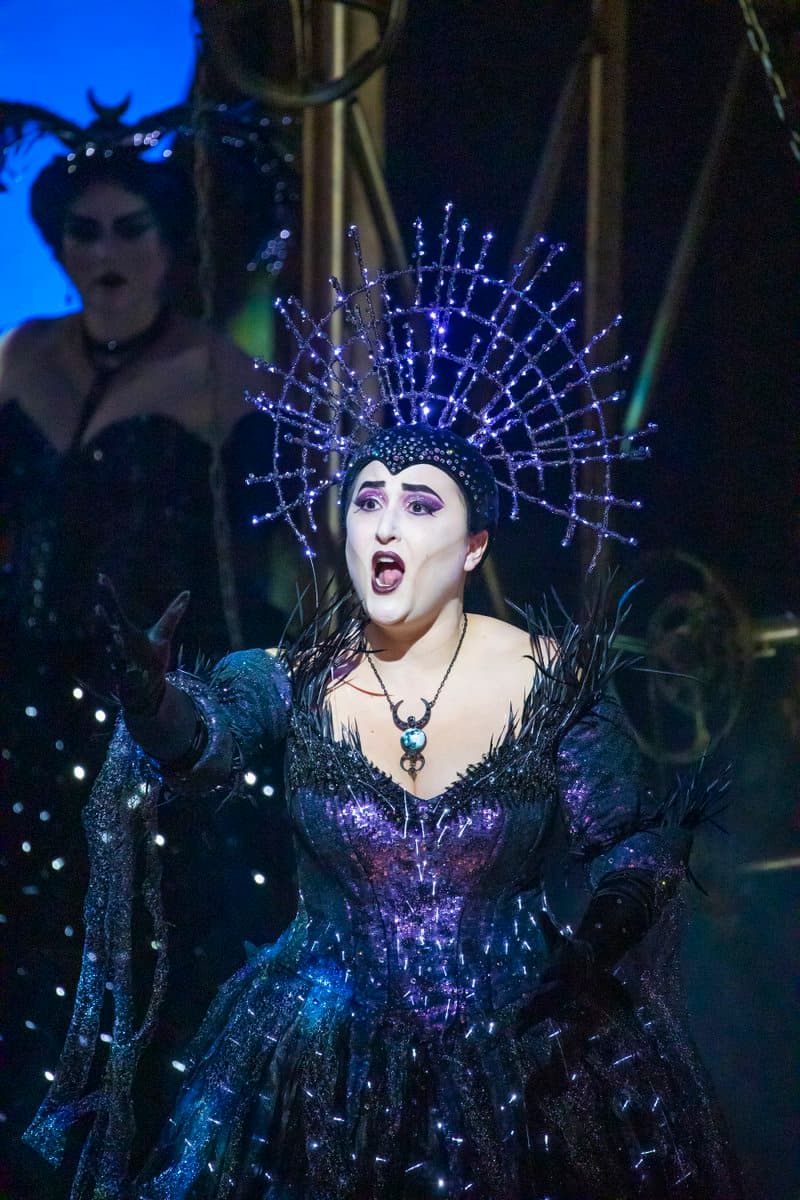
Julia Sitkovetsy as The Queen of the Night in Die Zauberflote, 2020
Outside the opera repertoire, composers experimented with concert arias with coloratura, such as “Popoli di Tessaglia!” by Mozart, which includes extra-high notes (up to G6) not achievable by a normal coloratura. Coloratura roles became more and more popular and composers worked closely with singers to create roles styled for them. Eventually, though, changes in taste led to the decline of coloratura. Larger venues meant larger orchestras and the high voices were buried in the noise. Bel canto became replaced by verismo and realism offered little opportunity for florid embellishment. Coloratura roles became specialized and often segregated to the exotic, such as in Delibes’ Lakmé and its virtuosic Bell Song.
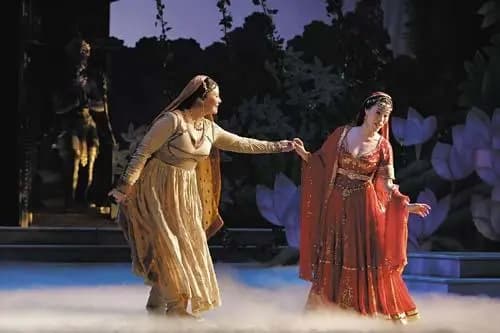
Lakmé (Youngok Shin) and her maid Malika (Andrea Coleman) in Lakmé, 2007 (Minnesota Opera)
All was not lost, however, as the high voice was also a joyous voice. One example of this is Russian/Soviet composer Reinhold Glière (1875–1956) and his Concerto for Coloratura Soprano. Dating from 1943, this work uses the pure voice – no text – placed in a traditionally instrumental position. The concerto is usually a piece for a virtuoso soloist and orchestra, and here, the coloratura soprano is the soloist.
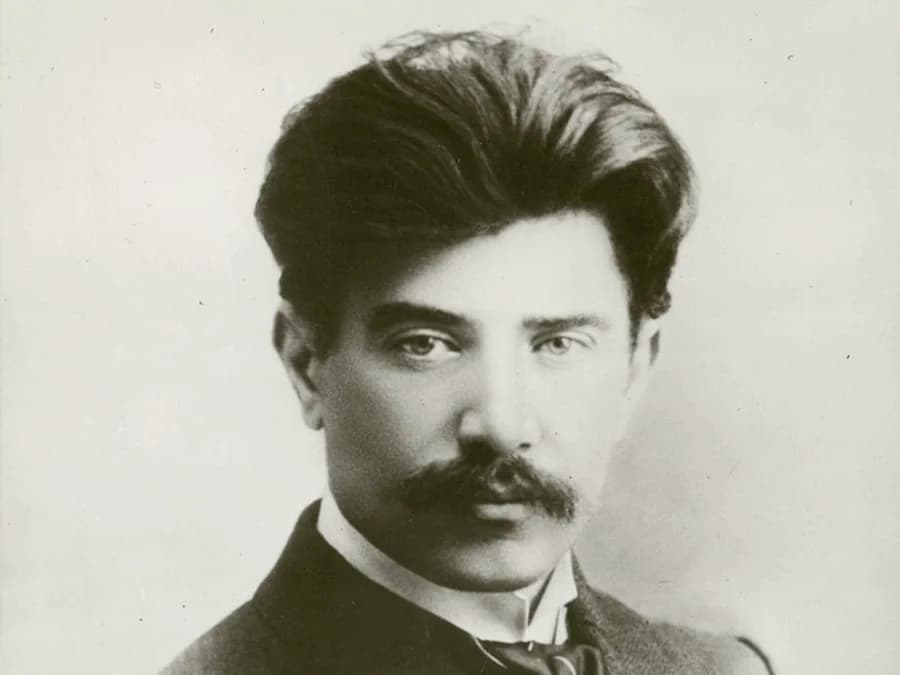
Reinhold Glière
The piece is in two movements, each designed to show off different qualities of the voice: the Andante its lyrical qualities, and the Allegro its vocal brilliance. Where the first movement is melancholic, the second movement is lighter.
One particular problem for the singer is the lack of words – musical expression is left to the singer’s interpretation. One writer notes that he believes the concerto was conceived instrumentally rather than vocally, as there are very few places for the singer to breathe!
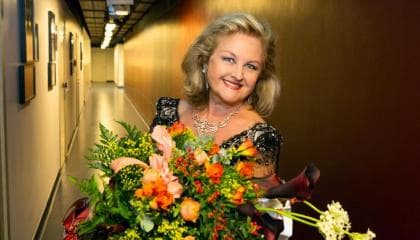
Edita Gruberová
Reinhold Glière: Coloratura Soprano Concerto, Op. 82 – I. Andante (Edita Gruberová, soprano; Stuttgart Radio Symphony Orchestra; Kurt Peter Eichhorn, cond.)
Reinhold Glière: Coloratura Soprano Concerto, Op. 82: II. Allegro (Edita Gruberová, soprano; Stuttgart Radio Symphony Orchestra; Kurt Peter Eichhorn, cond.)
In the voices of other sopranos, we can start to hear the work in a different way. In the voice of Joan Sutherland, a dedicated bel-cantist, the singer has the knowledge of the repertoire and the experience of performance to add her own colours.

Joan Sutherland
Reinhold Glière: Coloratura Soprano Concerto, Op. 82 – II. Allegro (Joan Sutherland, soprano; London Symphony Orchestra; Richard Bonynge, cond.)
Younger singer Natalie Dessay has the right kind of voice, but without Sutherland’s experience, gives us a lighter version of the Allegro.
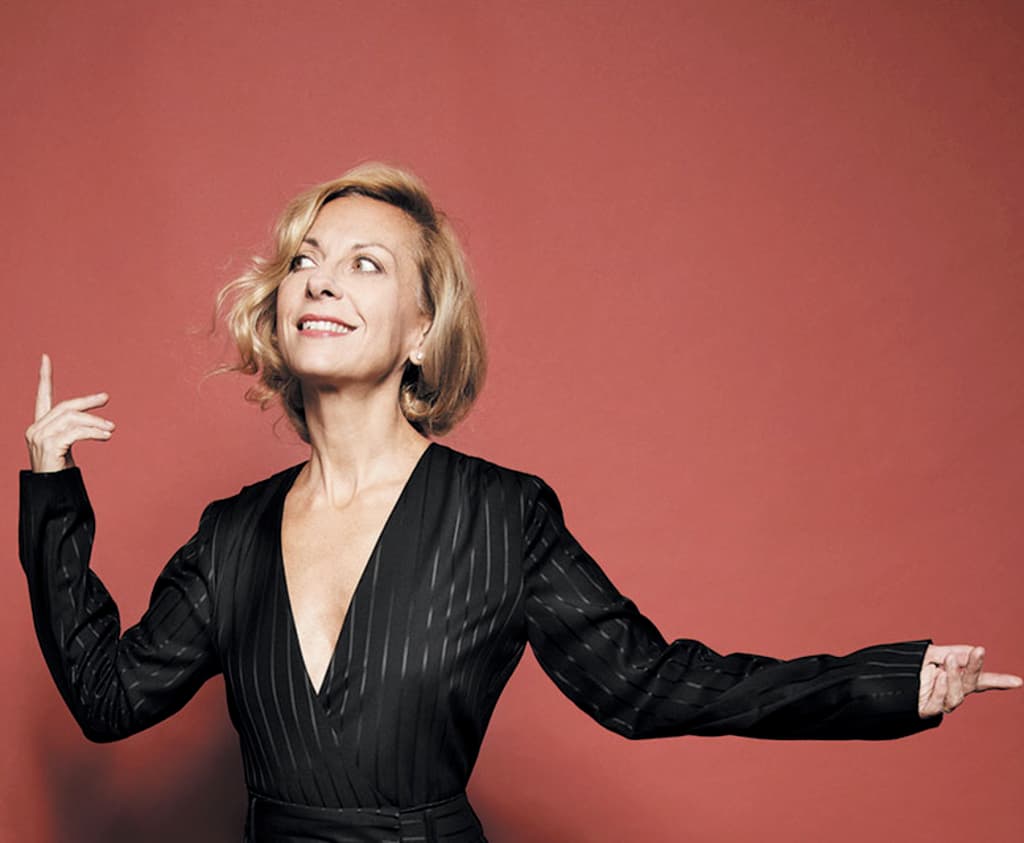
Natalie Dessay
Reinhold Glière: Coloratura Soprano Concerto, Op. 82: II. Allegro (Natalie Dessay, soprano; Berlin Philharmonic Orchestra; Michael Schønwandt, cond.)
In taking a traditional genre, concerto, and matching it with a virtuosic vocal skills Glière created a new way of considering both the voice and the genre.
While other composers took up the idea of textless vocalising, including composers such as Heitor Villa-Lobos, Aaron Copland, Karol Szymanowski, Glière remains alone in using the concerto format.
For more of the best in classical music, sign up to our E-Newsletter

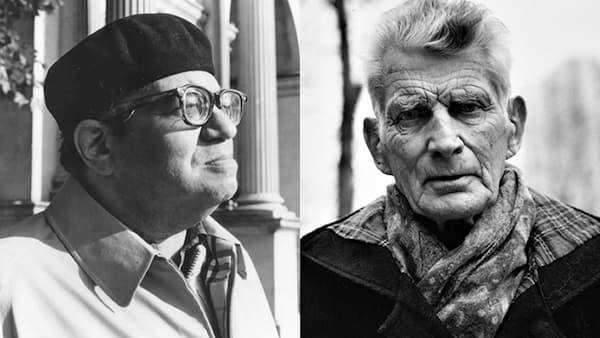
What does the author mean by stating that Joan Sutherland had “the knowledge of the repertoire and the experience of performance to add her own colours”…? As though Edita Gruberova did not : for many decades she was a star at the Wiener Staatsoper and the Zürich opera, and guested in all major opera houses, Covent Garden, Metropolitan opera in New York, La Scala in Milano etc. in the full gamut of belcanto repertoire, from Mozart to Donizetti, Bellini, Verdi and beyond…!
(Also, the main coloratura role in Mozart’s “Entführung aus dem Serail” is Konstanze, not Blonde (Blondchen)…)